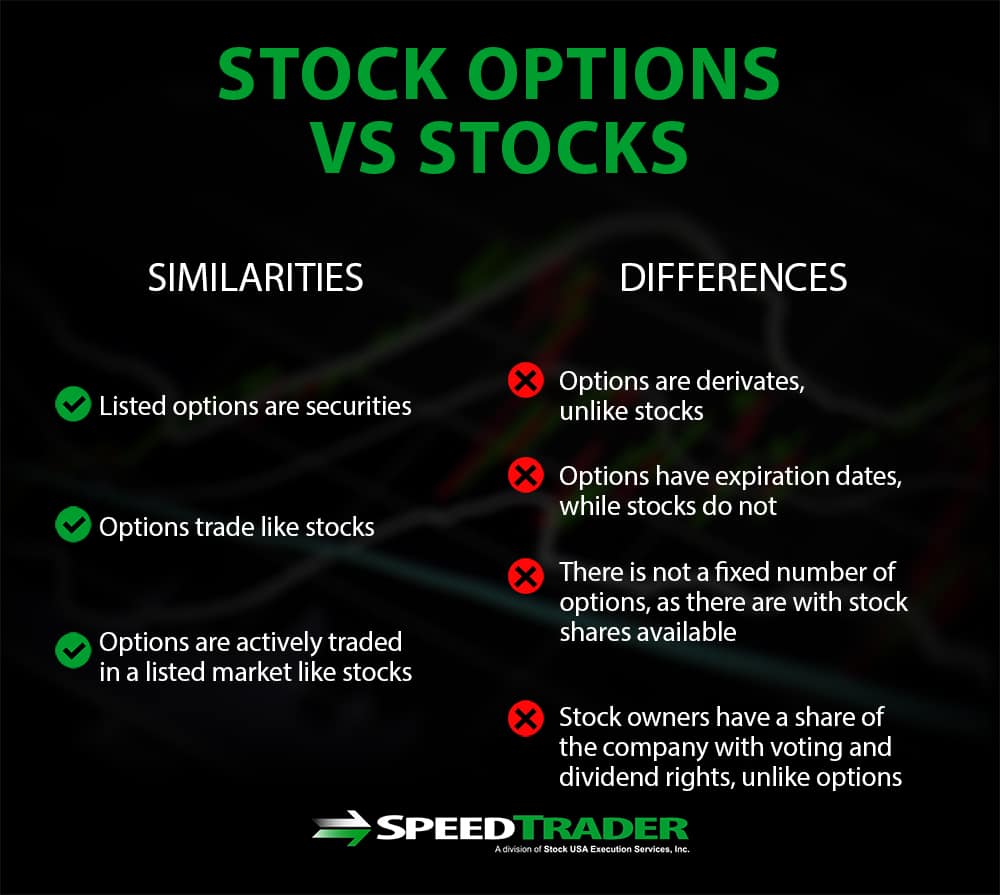In the realm of investing, option trading presents a unique and potentially lucrative opportunity to amplify returns. At the heart of this strategy lies the judicious selection of underlying stocks that possess the characteristics conducive to successful option plays. For those aspiring to navigate this complex terrain, this article will serve as an indispensable guide, delving into the intricacies of stock selection for option trading and empowering readers with the knowledge to identify potential profit-yielding opportunities.

Image: www.pinterest.com
Understanding the Vital Attributes of Option-Friendly Stocks
To fully capitalize on the potential rewards of option trading, a deep understanding of the fundamental qualities that distinguish option-friendly stocks is paramount. These desirable traits encompass high liquidity, ample volatility, and a sturdy underlying value. Liquidity guarantees the seamless execution of trades, ensuring that buyers and sellers can easily enter and exit positions without encountering substantial slippage or delays. Volatility, on the other hand, provides the fuel that drives option premiums higher, creating the potential for substantial gains. Lastly, a solid underlying value acts as a buffer against dramatic price declines, mitigating the risks associated with option trading.
Identifying Stocks with High Liquidity
Assessing the liquidity of a stock is a crucial step in selecting suitable candidates for option trading. High liquidity ensures the effortless execution of trades at competitive prices, minimizing the impact of market fluctuations. To gauge a stock’s liquidity, traders can examine its average daily trading volume, which reflects the number of shares typically traded each day. A high volume indicates a liquid stock, facilitating smooth trading even for large orders.
Leveraging Volatility to Enhance Returns
Volatility, often measured by the stock’s beta or historical price swings, plays a pivotal role in determining the premiums associated with options. Higher volatility translates into more expensive options, presenting greater potential for profit but also increased risk. Traders seeking stocks with ample volatility can consult historical charts or use technical indicators such as the Average True Range (ATR) to identify stocks with significant price fluctuations.

Image: speedtrader.com
Ensuring a Strong Underlying Value
While liquidity and volatility are essential considerations, it is equally important to assess the underlying value of the stock. A stock with a stable and growing business model, supported by strong fundamentals, provides a solid foundation for option trading. Conversely, stocks with weak fundamentals and uncertain prospects pose a greater risk of substantial losses, even with the most meticulously crafted option strategies.
Unearthing Stocks with the Perfect Blend of Attributes
The pursuit of stocks that harmoniously combine high liquidity, ample volatility, and a robust underlying value can be a daunting task. However, there are several sectors and industries that have consistently produced such stocks, serving as fertile ground for option traders. These include sectors such as technology, healthcare, and consumer discretionary, as well as industries within these sectors that exhibit strong growth potential and market leadership.
Harnessing Technical Analysis to Refine Stock Selection
In addition to fundamental analysis, technical analysis can provide valuable insights into the future behavior of stock prices. By studying historical price patterns and using technical indicators, traders can identify potential trading opportunities and refine their stock selection process. Some commonly used technical indicators for option trading include moving averages, support and resistance levels, and momentum indicators, which can help traders gauge the trend, potential turning points, and overbought or oversold conditions in the market.
Mastery of Option Strategies for Profitable Trading
While stock selection forms the foundation of successful option trading, mastering a repertoire of option strategies is equally crucial. Options offer a diverse range of strategies, each with its own risk-reward profile, enabling traders to tailor their trades to their specific goals and risk tolerance. Some common option strategies include buying or selling calls and puts, covered calls, cash-secured puts, and spreads, each with its own unique advantages and applications.
Managing Risk and Preserving Capital
The allure of potential gains in option trading must be tempered with a responsible approach to risk management. Option trading involves inherent risks, and it is imperative to establish a comprehensive risk management strategy. This includes setting clear risk limits, using stop-loss orders to mitigate potential losses, and diversifying option trades across multiple stocks and strategies. Effective risk management practices are essential for preserving capital and ensuring long-term trading success.
Stocks For Option Trading
https://youtube.com/watch?v=VsmzIbf7E-c
Conclusion
Navigating the world of stocks for option trading requires a comprehensive understanding of the underlying characteristics that make certain stocks more suitable than others. By meticulously evaluating liquidity, volatility, and underlying value, and employing technical analysis to refine stock selection, traders can significantly improve their chances of identifying stocks with the potential for profitable option plays. However, it is equally important to master a range of option strategies and implement sound risk management practices to maximize returns while mitigating potential losses. Embracing these principles and continuously honing trading skills will empower traders to effectively harness the power of stocks for option trading and achieve their financial goals.






